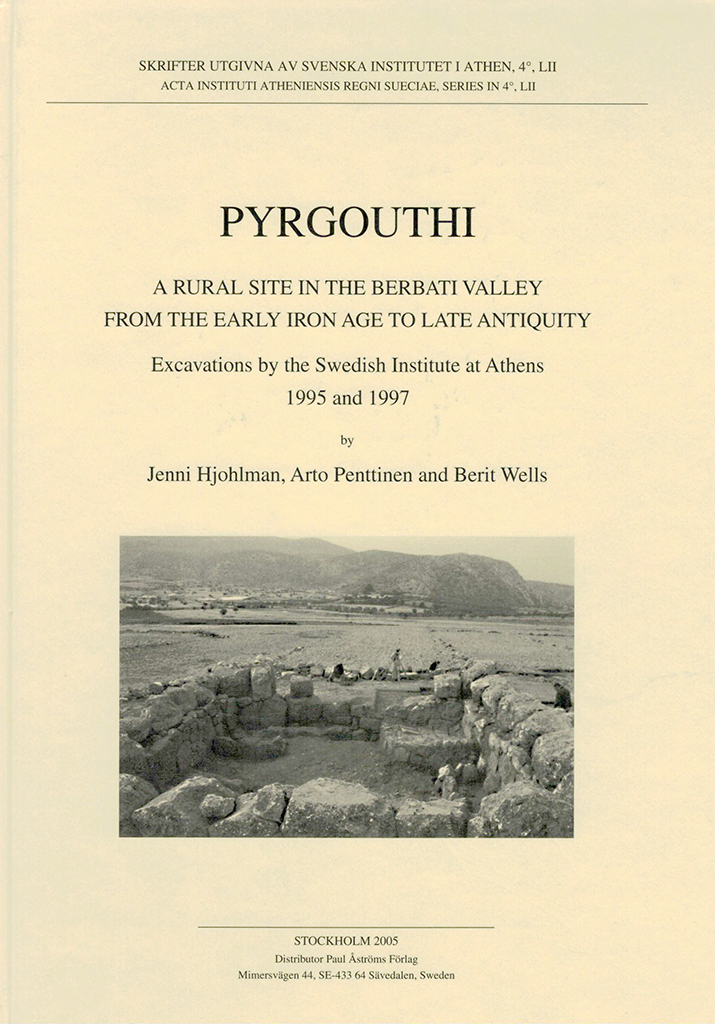Published by the Swedish Institute at Athens. Distributed by Eddy.se AB. Mycenaeans up to date. The archaeology of the northeastern Peloponnese—current concepts and new directions Edited by Ann-Louise Schallin & Iphiyenia Tournavitou Abstract This volume contains the proceedings of the conference Mycenaeans up to date: The archaeology of the north-eastern Peloponnese—current concepts and new directions, which was held 10–16 November 2010, under the auspices of the Swedish Institute at Athens. The published papers reveal the latest news in the field of Mycenaean archaeology in the Argolid and the surrounding areas. Ongoing fieldwork, as well as new interpretations of the extant archaeological material is presented and discussed in detail. The first part of the volume consists of papers dealing with new, unpublished evidence regarding many of the well-known Argive sites, including Mycenae, Tiryns, Argos, Midea, and the Nemea Valley, among others. The second part is devoted to in-depth studies on a number of major themes, such as Mycenaean architecture, administration, mortuary practices and religion. Contents Ann-Louise Schallin & Iphiyenia Tournavitou, ‘Introduction’ The Argolid Mycenae Elizabeth French, ‘Tending the past, ensuring the future’ Kim Shelton, ‘Pottery and Petsas House: Recent research on LH IIIA2 Mycenae’ Iphiyenia Tournavitou, ‘The East House in the…
Published by the Swedish Institute at Athens. Distributed by Astrom Editions. Pyrgouthi. A rural site in the Berbati Valley from the Early Iron Age to Late Antiquity. Excavations by the Swedish Institute at Athens 1995 and 1997 By Jenni Hjohlman, Arto Penttinen & Berit Wells, with contributions by Yannis Bassiakos, Katie Theodorakopoulou, Hero Granger-Taylor, Sven Isaksson, Petros Lymberakis, Dimitra Mylona, Maria Ntinou, Anaya Sarpaki & George Syrides Abstract This volume presents the results of the excavations in 1995 and 1997 at Pyrgouthi in the Berbati Valley, Argolis, Greece. The toponym is the local denomination for a Hellenistic tower, which has always been a prominent in the landscape. In the surface survey of the valley in 1988–1990 the tower was perceived as part of a Classical farmstead and in the ensuing excavation project it was targeted as such. However, the excavations revealed that this interpretation corresponded to but a fraction of the truth. The tower had been built on a knoll in the center of the valley but the earliest human activities at the site can be dated to the end of the Early Iron Age or the eight century BC. At this point in time, Arto Penttinen argues, the archaeological…


